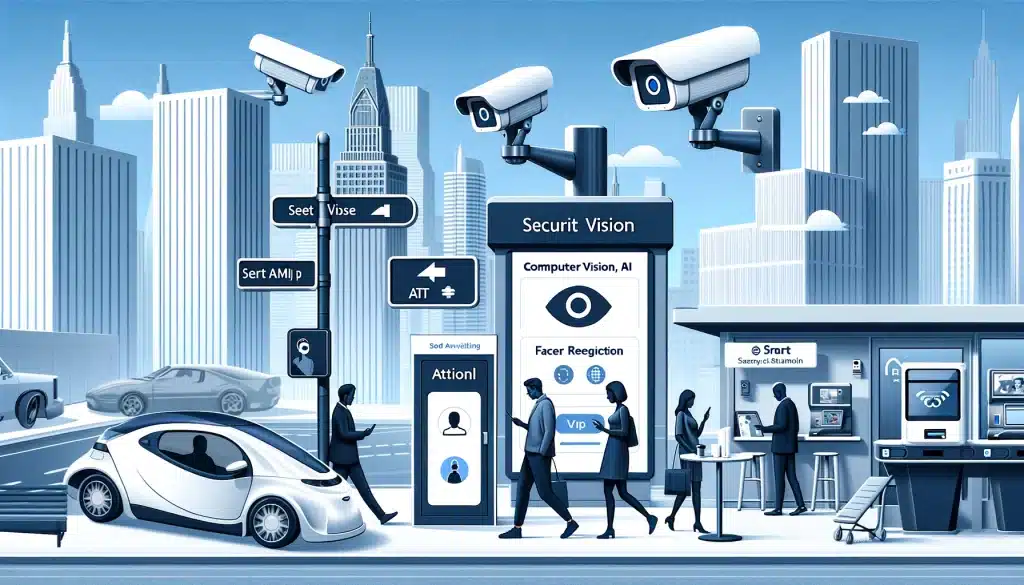The advent of Artificial Intelligence (AI) has revolutionized numerous fields, but perhaps none more visually and tangibly than computer vision. This technology, driven by AI, enables computers to interpret and understand the visual world in much the same way humans do, but at a scale and speed that far exceeds our capabilities. From facial recognition systems securing our devices to autonomous vehicles navigating our roads, computer vision AI is transforming our interaction with the digital world.
At the core of computer vision AI are neural networks, sophisticated algorithms modeled after the human brain’s architecture. These networks are trained on vast datasets of images, learning to recognize patterns, shapes, and objects with astonishing accuracy. This training process, known as deep learning, has propelled computer vision to new heights, enabling applications that were once the realm of science fiction.
One of the most exciting applications of computer vision AI is in the field of healthcare, where it is used to analyze medical images such as X-rays and MRIs. By identifying anomalies and diseases with a level of precision that matches or even surpasses human experts, it promises to revolutionize diagnostics and treatment planning.
The potential of computer vision AI extends beyond professional applications, touching our everyday lives. Social media platforms use it to tag photos, retailers employ it for inventory management, and security systems use it to monitor for threats. As the technology continues to evolve, its integration into our daily routines will only deepen, making the once-futuristic idea of machines seeing and understanding the world a present reality.
Despite its vast potential, the ethical implications of computer vision AI, such as privacy concerns and bias in recognition algorithms, remind us of the need for responsible development and deployment. As we navigate these challenges, the promise of computer vision AI to enhance and augment human capabilities remains undiminished, heralding a future where our visual interaction with technology is seamless and intuitive.













